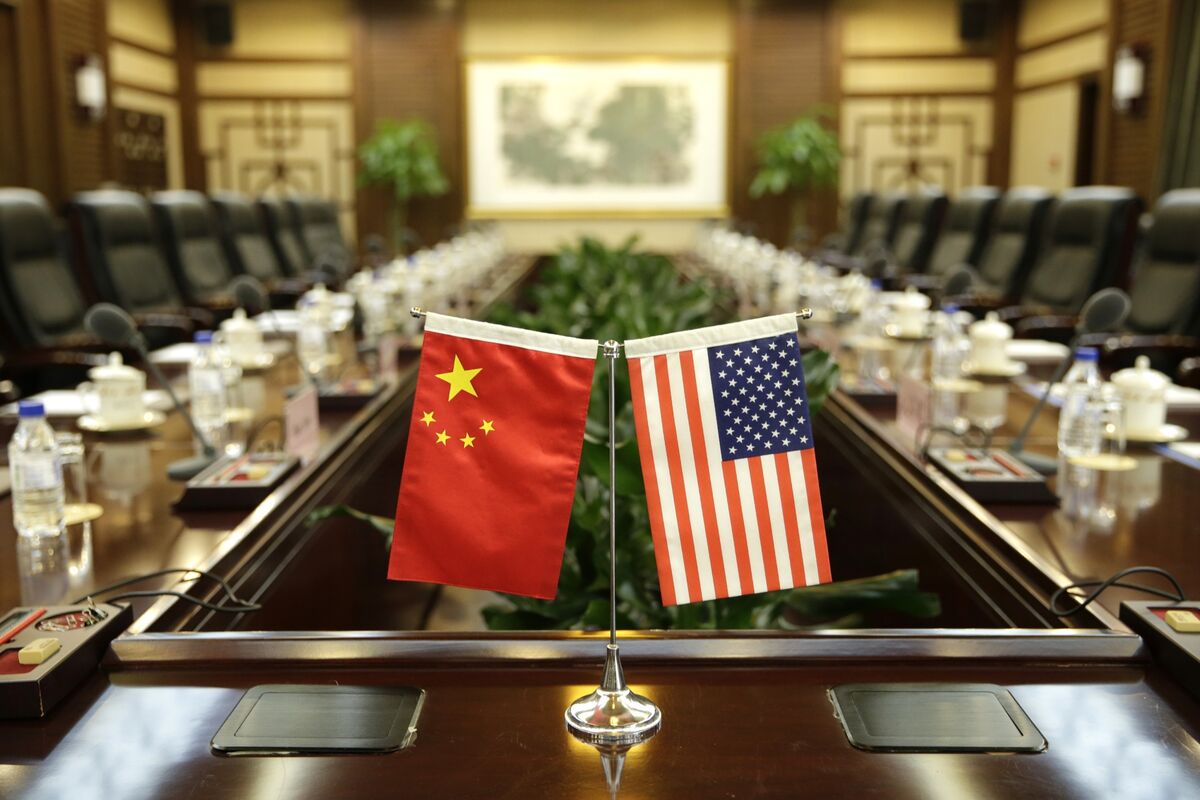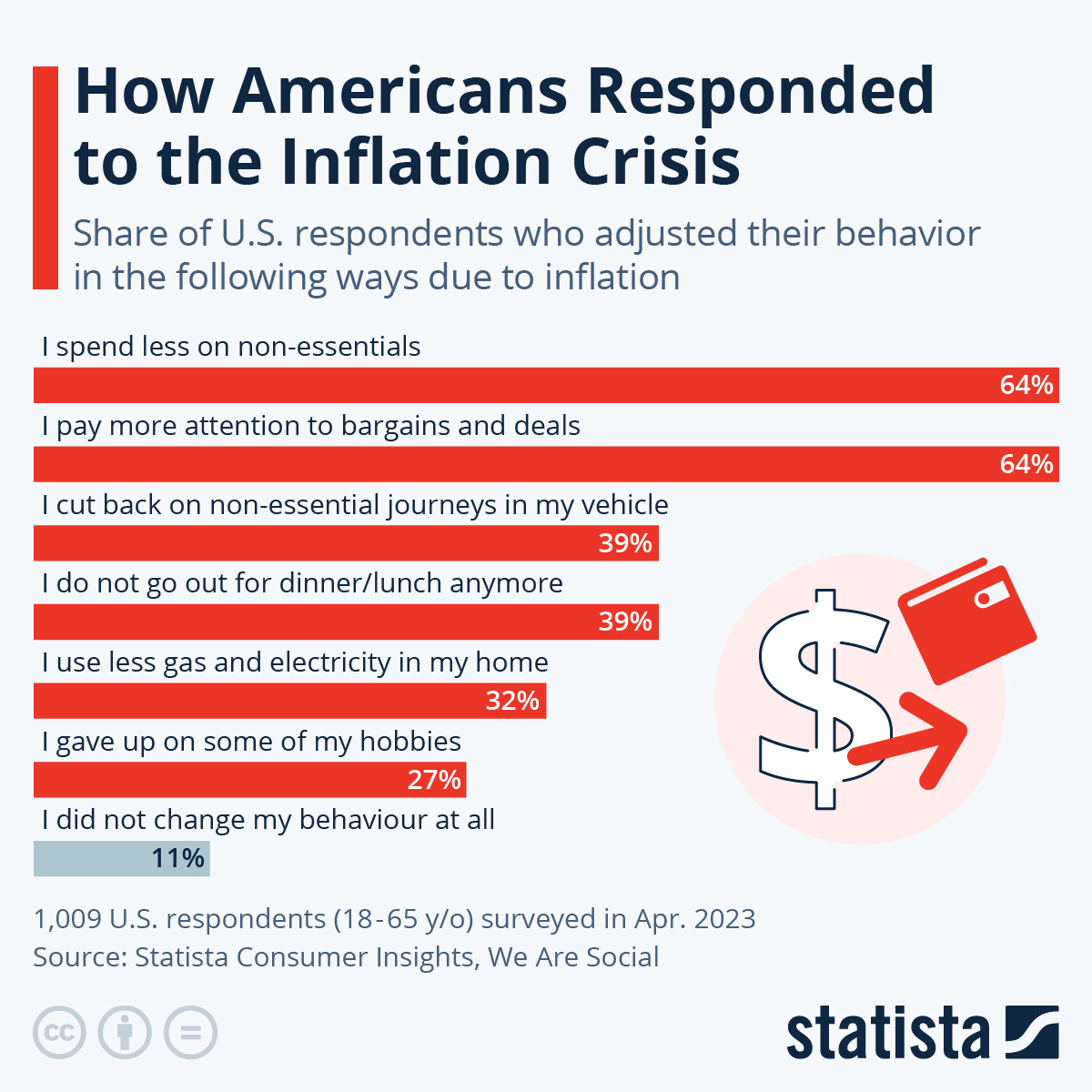beijingwalker
ELITE MEMBER

- Joined
- Nov 4, 2011
- Messages
- 65,191
- Reaction score
- -55
- Country
- Location
US Trade Data Overstates Decoupling From China, Report Says
- Drop in import share overstated by some 5 percentage points
- Rerouting and under-invoicing are seen behind the gap in data

The report underscores the challenge the US faces in its efforts to “de-risk” from China’s economy.
Photographer: Jason Lee/Getty Images
http://bloom.bg/dg-ws-core-bcom-m1
By Tom Hancock
2023年10月12日 at GMT+8 20:26
The US’ reduction in its import dependence on China is less than official figures indicate, according to research looking at under-invoicing and trade rerouting.
The share of US imports coming from China has dropped by 2-3 percentage points since Washington imposed large-scale tariffs on Chinese goods in 2018, rather than the around 8 percentage-point drop shown in US government data, Gavekal Dragonomics analyst Thomas Gatley wrote in a note.
The US’ reduction in its import dependence on China is less than official figures indicate, according to research looking at under-invoicing and trade rerouting.
The share of US imports coming from China has dropped by 2-3 percentage points since Washington imposed large-scale tariffs on Chinese goods in 2018, rather than the around 8 percentage-point drop shown in US government data, Gavekal Dragonomics analyst Thomas Gatley wrote in a note.
The decline shown in official US data is partly the result of Chinese goods being rerouted through Southeast Asia and other third countries, and under-invoicing by US importers to reduce the impact of tariffs.
The report underscores the challenge the US faces in its efforts to “de-risk” from China’s economy. Beijing has pushed back at the US effort, especially its efforts to deprive China of cutting-edge technology. Last month, Premier Li Qiang used a meeting with President Joe Biden at the Group of 20 summit in India to urge the US to see his country as an opportunity and not a challenge.
US Official Data Show Trade Decoupling From China
Change might be exaggerated by re-routing and invoicing avoidanceThe share of imported merchandise coming from China fell to 14.6% on average in the 12 months through July, US Census Bureau data last month showed. That’s down from a peak of 21.8% in the 12 months through March 2018 just before former President Donald Trump ramped up a trade war with the Asian country.
China’s real share of US imports is probably closer to 18%, down from 21% previously, Gatley wrote. The result is “not an insignificant change, but not exactly a world-changing one either,” he added.
Due to attempts to avoid tariffs, US imports from China are better reflected in export data collected by China’s customs than in US data, Gatley wrote. Based on Chinese export data, trade under-invoicing probably accounts for about 3 percentage points of the apparent 8 percentage-point decline in the Chinese share of US imports, he wrote, adding that trade diversion through Southeast Asia probably accounts for about 2 percentage points of the drop.
Vietnam, Thailand and Cambodia now account for about 6% of US imports, compared to about 3.5% before Washington kicked off the trade war with China in 2018, Gatley said.
China’s own exports to those countries sharply increased over the same period. The increase in US imports and the increase in Chinese exports are also in the same categories of goods, largely machinery and electronics.
This form of “triangular trade” will “continue to flourish, making it harder to discern the true level of US-China interdependence,” Gatley wrote.
The Gavekal report chimes with another recent study also arguing that US trade dependence on China is higher than shown by conventional measures. The Brookings Institution released a report last week finding that by 2018 China had become the most important foreign supplier to more than 90% of US manufacturing sectors, particularly clothing, motor vehicles and electrical equipment.

US Trade Data Overstates Decoupling From China, Report Says
The US’ reduction in its import dependence on China is less than official figures indicate, according to research looking at under-invoicing and trade rerouting.

